It would be fair to say that tent camping is not for everyone, but it still remains one of the best ways to escape the hustle of the city and get close to nature. Certain places are better for wild camping and people who prefer to figure out the outdoor living on their own, while other natural destinations are more family-friendly and provide a number of campground options with varying levels of comfort, including amenities that make your tent camping experience easier.
But as is with many things that involve nature and outside forces, the good camping experience is all in the details. The best you can do is research everything you can about the upcoming trip and prepare accordingly. Both experienced campers and beginners never shy away from learning more tips and tricks to add to their supply of knowledge, because even the most trivial things that don’t seem that important can define your entire camping adventure.
Let’s start with the most important part of camping with a tent—taking care of your shelter. Everything depends on how you handle yourself around a tent, so where to begin?
Choose Your Tent
If you are new to the life of camping in the wild and can’t afford to acquire a tent, or perhaps you don’t need it long-term, there is always an option to ask around for one to borrow. Don’t be shy to turn to your friends, neighbors, or co-workers for some help. If there are no tent enthusiasts in your immediate social circle, then renting a tent from an outdoor outfitter is a great compromise, not to mention that it will save you money.
But what are the things to consider if you do need a tent of your own?
First, size matters. Do you plan on camping solo, or maybe taking a holiday with your partner? Then feel safe to go with a one-person or double lightweight tent. Or perhaps your trip is an affair for the whole family? There are numerous tent options that can house between 4 to 10-12 people. Pay attention to how tent manufacturers describe tent capacity, for example a 6-person tent might actually only fit 4, so always think bigger. Also keep in mind that you need to estimate how you intend to use the tent for a few years ahead, so it’s always safe to bet on bigger models.
Then there’s a question of your tent’s material. Those are typically cotton, canvas, nylon, polyester, or polycotton.
When it comes to tent shapes, try to choose more modern options like modified A-framed tents that are easy to rig up. Instant tents are a good option for those who would rather avoid overexertion. This importance of checking all your gear, including the tent, cannot be stated enough. Set up your tent at home or in the backyard whether to test the newly purchased one or to prepare for your first camping trip. Some things to check when testing a tent at home: Testing proves to be even better if you have a backyard or access to similar terrain since it allows you to see how the tent works in outside conditions like high humidity and rain. Ensuring proper insulation of your living space is another tent camping essential. Try to keep the environment inside your tent under control regardless of the weather. For this purpose you need to purchase a good-quality tarp or canopy and pitch it over the roof of your tent. Another option is to cover the synthetic surface of your entire tent with silicone spray sealant. Detailed planning may not be at the top of the list for a single night of sleep spent in a tent, but it is absolutely vital if you are embarking on a long trip. Beginners should look for a place closer to home in order to feel safer on familiar ground and have a better reading of the surroundings. People who prefer popular campsites should always check google reviews and location information. Use maps to look for good spots, better access to roads and nearby villages. It’s always a good decision to pick weekdays for your tent vacation in order to avoid overcrowding, which is a common downside of camping on the weekends. Never cut corners when it concerns any sleeping supplies for your tent. First, when pitching a tent, lay down a piece of tarp or even a couple of cell-foam mats underneath. Set up the tent on top of this protective layer to shield yourself from the cold of the ground. Get more than one type of sleeping mat because you will need good insulation. Foam mats can be rolled out on the tent’s floor and then covered by air mats or self-inflating mats. Fetch some bedding from home for better comfort and cushioning. And don’t forget the pillows, though small synthetic ones are best for transportation. Choose a weather-appropriate sleeping bag or camping matress. They can be rectangular or semi-rectangular and come with different fills: synthetic sleeping bags are lighter and more practical; goose down sleeping bags are warmer but heavier. You can also use mummy bags to keep your kids warm and protected. For more information visit this site No camping trip is complete without proper lighting. Even though in the past it was rather difficult to find a source of light, now there are plenty of options to choose from: flashlights, rechargeable lanterns and gas lanterns, and of course headlamps. If you are not restrained by weight limits, feel free to bring a whole collection of LED lanterns but be aware that it will attract more bugs. Headlamps are essential for backpacking, hiking, and other extremely physical types of tent camping. Always have enough spares and stock up on batteries. To provide proper illumination for your tent, tie the headlamp to the roof of your tent—some tent models have special ropes or even under-roof nets where you can put a small flashlight—or place an LED lantern in one of the corners. Remember that gas lanterns are meant only for outside use. If you don’t have a suitable light for your tent, there is your phone’s flashlight. Place a small half-empty water bottle on top of the phone to disperse the light for added ambience. Even the best mattress won’t be able to save the night if your tent is swarmed by mosquitoes. If the terrain allows it, position your tent so that at least one door is facing the wind to let the air current keep the mosquitoes away naturally. It’s always a good idea to have a supply of mosquito coils that work as a repelling incense. Alternatively, you can invest in a ThermaCell. Sleeping in a tent means that nights can get unpredictable, so you can’t always rely on warm covers only. There are a few back-up options that can help you keep warm and comfortable. The most basic solution is an improvised hot water bottle which you can make yourself from an empty bottle and hot water that you should prepare before sleep. Another way to keep your tent warm is to bring a rechargeable battery heating pad. It’s small and fits easily inside your sleeping bag. Make sure to always have a selection of basic medical supplies within your reach when you’re out in the wild. You can either pack a first aid kit yourself or get a ready kit from outfitters like Coleman. Bring enough bandages and band-aids, antiseptic sprays, burn creams, anti-fever medicine and antibiotics. First things first, put together a collection of travel kitchenware and utensils such as compact plastic bowls, dishes, and cups. Don’t forget lightweight pots and cutlery. It’s better to have a pocket knife as well. Some people like to prepare easy meals beforehand because it can last you through the first day of the trip and save the hassle of cooking when you are exhausted from setting up the camp. If you plan to bring homemade meals, pack them in compact tupperware. Bring plenty of food wrap, plastic bags and garbage bags. The way you are going to cook depends on your budget and the kind of tent camping you prefer. Of course, cooking in camp conditions is much easier with a portable gas stove and non-perishable products. Remember that by taking a Primus stove you will need space to bring enough fuel, so it’s vital to figure out how often you plan to cook and for how many people. Preparing your food traditionally by the use of campfire can be burdensome and take a long time, but it saves you money, space, and is perfect for backpackers who require to keep their load light. In this case always have several backpack options for lighting a fire, from matches to lighters and Swedish firesteels. If you want a slice of luxury, you can bring a cooler for perishable food and buy foldable chairs to set up around the fire.
Test Drive Your Tent Before the Trip
Waterproof Your Tent
Plan Ahead
Shop for Better Sleep
Get Enough Light
Stave Off the Mosquitoes
Get a Heating Pad
Pack a First Aid Kit
Arrange Your Tent Camping Kitchen


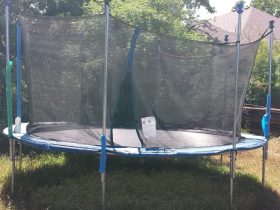


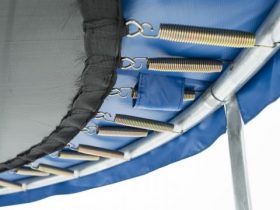
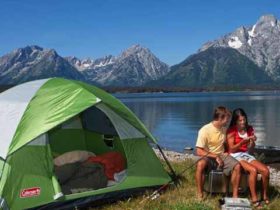
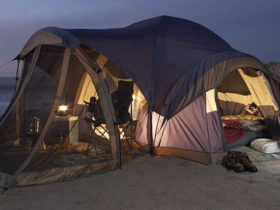
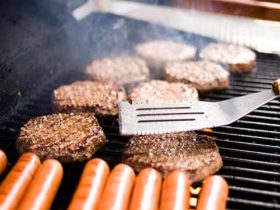
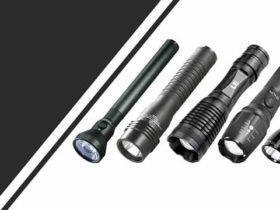



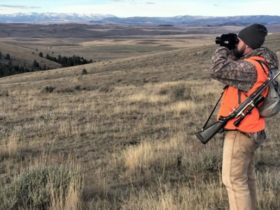

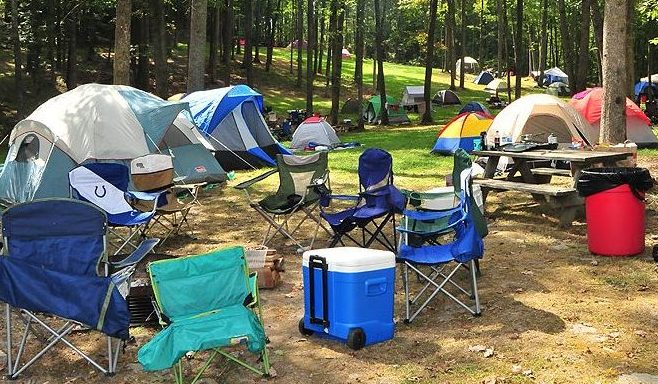
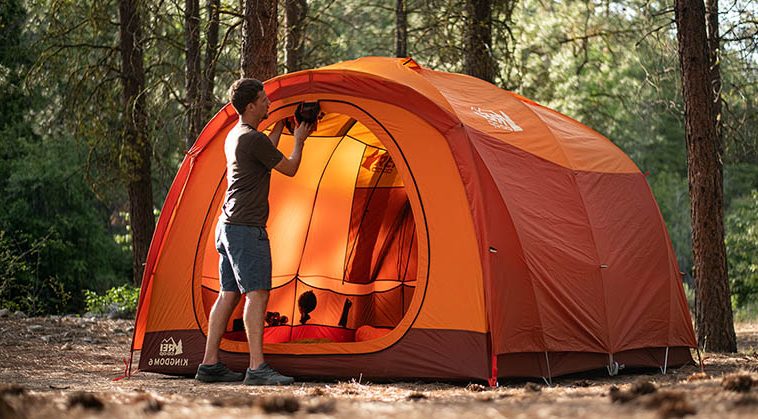
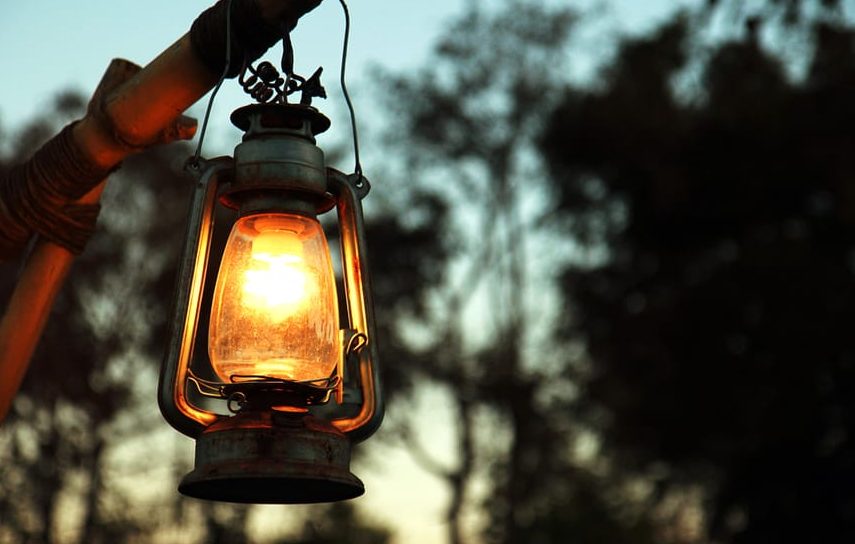




Leave a Reply
View Comments